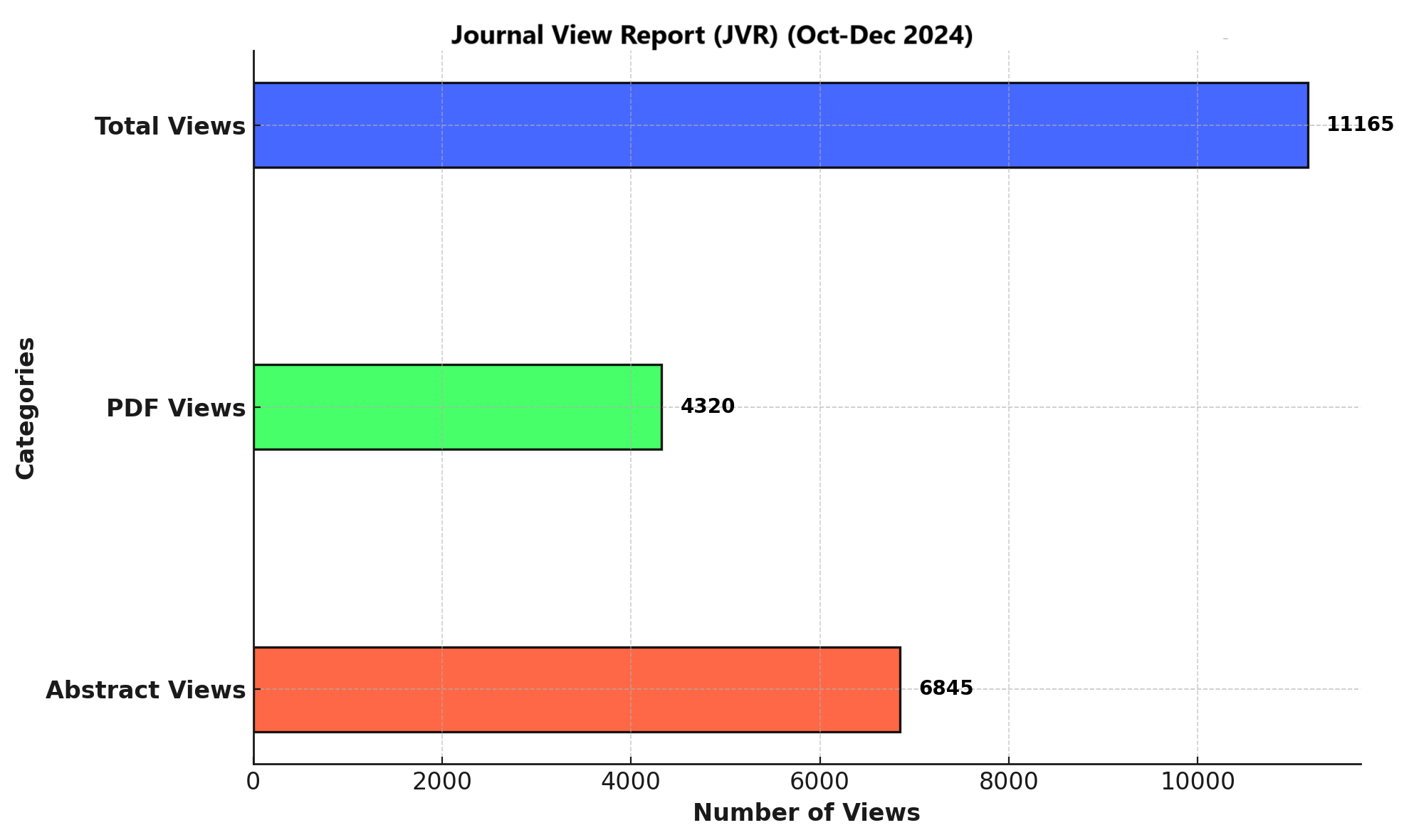WORK RELATED MUSCULOSKELETAL SYMPTOMS AND THEIR ERGONOMIC RISK FACTORS AMONG SURGEONS OF PESHAWAR
DOI:
https://doi.org/10.71000/ijhr93Keywords:
Ergonomics, Musculoskeletal pain, Occupational health, Postural ergonomics, Surgeons, Surgical instruments, Work-related musculoskeletal disordersAbstract
Background: Musculoskeletal disorders (MSDs) are prominent causes of occupational injuries globally, affecting numerous professionals, particularly surgeons. These disorders, often resulting from prolonged static postures, repetitive movements, and the utilization of surgical instruments, lead to significant pain and disability.
Objective: To assess the prevalence and ergonomic risk factors of work-related musculoskeletal symptoms among surgeons in Peshawar.
Methods: This observational study spanned six months, with data collection over a two-month period using the Quick Exposure Check and Musculoskeletal Health Questionnaire. A total of 180 surgeons were selected through convenience sampling to participate.
Results: Among the participants, 135 were male and 45 female, predominantly aged between 30 to 35 years. The study identified a mild to moderate correlation between musculoskeletal pain and head and neck activities, which were more significant compared to the slight associations observed with shoulder and back activities.
Conclusion: The study highlights a mild prevalence of musculoskeletal pain predominantly caused by head and neck activities among surgeons, overshadowing the lesser impact of shoulder and back movements. These findings suggest the need for focused ergonomic interventions to mitigate the primary risks identified.
Downloads
Published
Issue
Section
License
Copyright (c) 2024 Naeem Ullah Shinwari, Muhammad Suleman Sikander, Mehwish Haider, Sayed Issam Ullah Jan, Muhammad Hassan, Maria Naz (Author)

This work is licensed under a Creative Commons Attribution-NonCommercial-NoDerivatives 4.0 International License.







